Watches have evolved from simple timekeeping tools to essential tech accessories. Smartwatches and fitness trackers, like the Apple Watch or Fitbit, are now worn around the clock to monitor health metrics, track workouts, and stay connected. But could this constant wear harm your body? From wrist pain to skin irritation, wearing a watch all day can lead to surprising health risks. Below, we break down four potential consequences and share actionable tips to mitigate them—while keeping your style intact.
What Might Happen If You Wear Your Watch All Day Long
You May Develop Chronic Wrist Pain
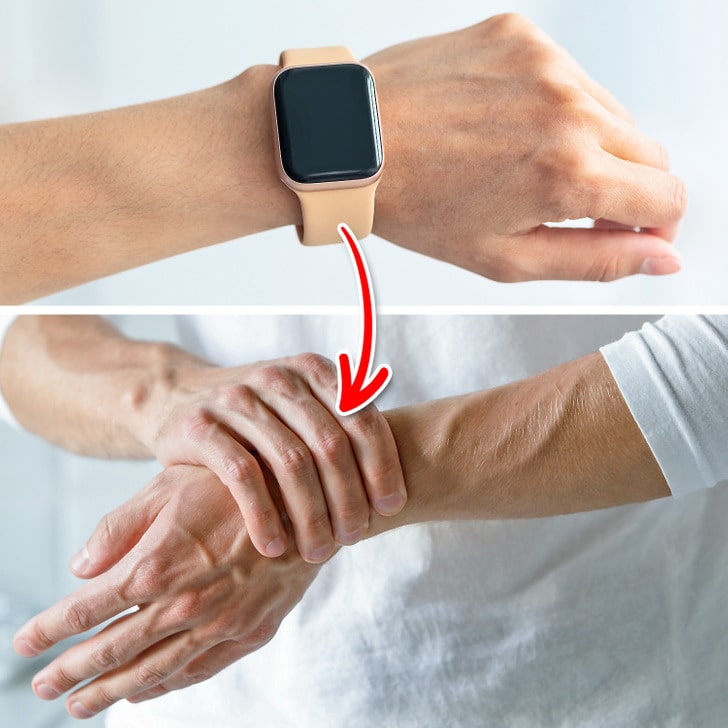
Wrist pain is one of the most common complaints among people who wear watches daily. Whether it’s a bulky smartwatch or a snug fitness band, prolonged pressure on the wrist joint and tendons can strain the area.
How It Happens
- Tight Straps: Over-tightening your watch restricts blood flow and compresses nerves.
- Repetitive Motion: Typing, lifting, or exercising while wearing a watch can irritate tendons.
- Weight Distribution: Heavy watches (like luxury or metal models) place uneven stress on the wrist.
A 2021 study published in the Journal of Hand Therapy found that wearable devices contribute to increased reports of wrist discomfort, especially among office workers who type for hours.
Symptoms to Watch For
- Dull ache or throbbing around the wrist
- Stiffness when bending or rotating the wrist
- Swelling near the watch’s clasp
Prevention Tips
- Loosen the Band: Slide a finger between the strap and your wrist to ensure proper airflow.
- Take Breaks: Remove your watch for 1–2 hours daily, especially during sleep or desk work.
- Opt for Lightweight Designs: Swap heavy watches for silicone or nylon bands.
For severe pain, consult a physiotherapist or read the American Society for Surgery of the Hand’s guide to wrist health.
It Could Increase Your Risk of Carpal Tunnel Syndrome
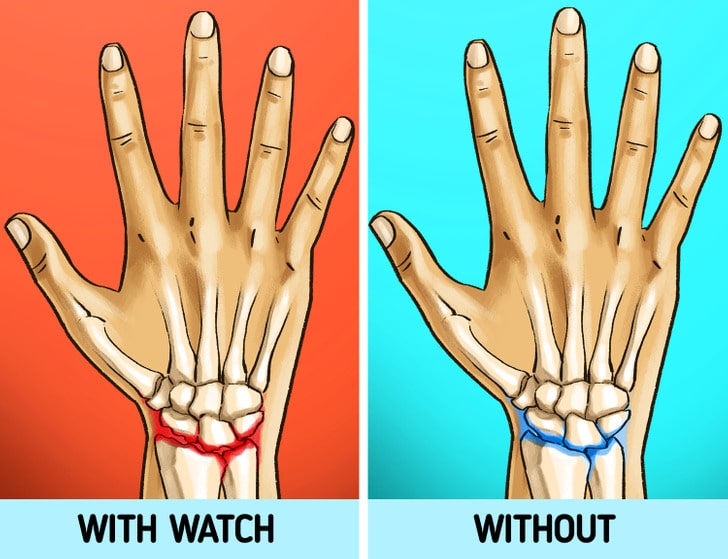
Carpal tunnel syndrome (CTS) is a nerve disorder caused by compression of the median nerve in the wrist. While typing and poor posture are primary culprits, wearing a watch too tightly can worsen symptoms.
The Link Between Watches and CTS
The carpal tunnel is a narrow passageway in the wrist. When a watch band presses against this area, it reduces space for the nerve, leading to:
- Numbness in the thumb, index, and middle fingers
- Tingling or “pins and needles” sensations
- Weak grip strength
According to the Mayo Clinic, repetitive strain injuries like CTS affect millions annually—and poorly fitted accessories can accelerate their onset.
High-Risk Groups
- Office workers using keyboards
- Gym enthusiasts lifting weights with watches on
- Those with preexisting wrist conditions
How to Reduce Risk
- Position Matters: Wear your watch higher on the wrist (above the bony prominence) to avoid nerve pressure.
- Choose Adjustable Bands: Elastic or magnetic straps adapt better to wrist movements.
- Stretch Regularly: Try wrist flexor stretches to relieve tension.
You Might Notice Skin Irritation or Rashes
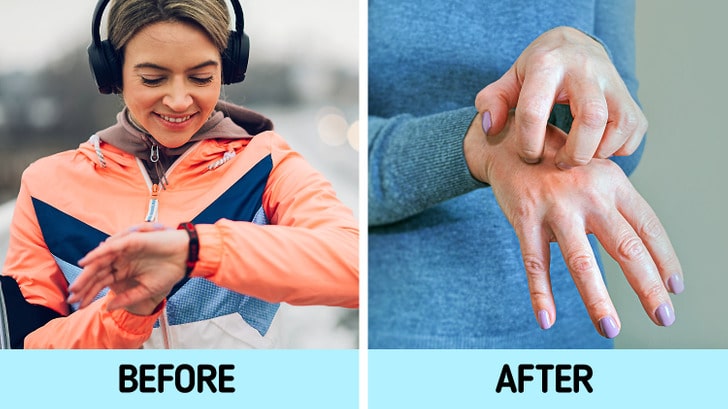
Persistent marks or redness under your watch aren’t just cosmetic—they’re signs of skin irritation. This is especially true for fitness trackers worn during sweaty workouts.
Common Causes
- Allergic Reactions: Nickel in metal bands or adhesives in fitness trackers can trigger contact dermatitis.
- Moisture Trapping: Sweat and water under the band create a breeding ground for bacteria.
- Friction: Rubber or plastic straps rubbing against skin cause chafing.
A 2020 report in Dermatology Practical & Conceptual highlighted that “wearable device dermatitis” is rising, with 20% of users experiencing rashes.
Symptoms
- Red, itchy patches
- Blistering or peeling skin
- Unpleasant odor from bacterial growth
Solutions
- Clean Regularly: Wipe the band and your wrist with alcohol-free wipes daily.
- Switch Materials: Hypoallergenic options like titanium or silicone reduce irritation.
- Dry Thoroughly: Remove your watch after workouts to prevent sweat buildup.
For severe reactions, consult a dermatologist or review the American Academy of Dermatology’s skincare tips.
It May Trigger Muscle Cramps or Tendon Strain
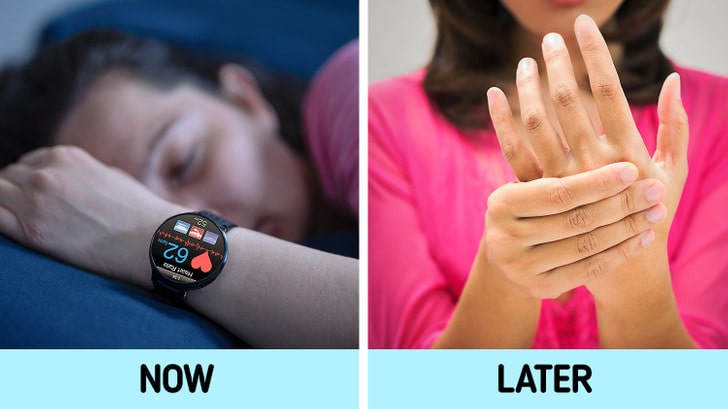
Wearing a watch that limits wrist mobility can overwork muscles, leading to cramps or tendonitis. This is common among athletes or those performing repetitive tasks.
Why It Occurs
- Restricted Movement: Tight bands hinder natural wrist flexion during activities like yoga or weightlifting.
- Vibration Alerts: Frequent smartwatch notifications cause involuntary muscle contractions.
- Poor Ergonomics: Raising the wrist to check the screen strains forearm tendons.
Warning Signs
- Sudden, sharp cramps in the forearm or wrist
- Difficulty gripping objects
- Fatigue during repetitive motions
Prevention Strategies
- Enable Do Not Disturb: Reduce vibrations during workouts or focused tasks.
- Practice Ergonomics: Keep your wrist neutral (not bent) when viewing your watch.
- Massage and Ice: Relieve sore muscles with gentle massage or cold therapy.
Final Thoughts: Balance Convenience and Health
While watches offer undeniable benefits, moderation is key. To enjoy your device safely:
- Prioritize Comfort: Ensure your watch fits snugly but doesn’t leave imprints.
- Listen to Your Body: Remove it immediately if you feel pain or numbness.
- Invest in Quality: Choose brands like Garmin or Withings that prioritize ergonomic design.
By staying mindful of these risks, you can embrace wearable tech without compromising your well-being.








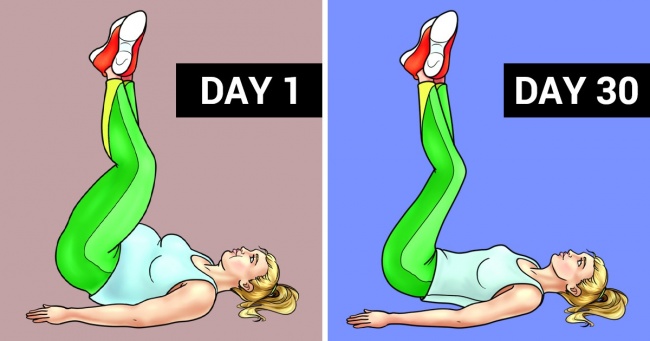
Leave a Reply